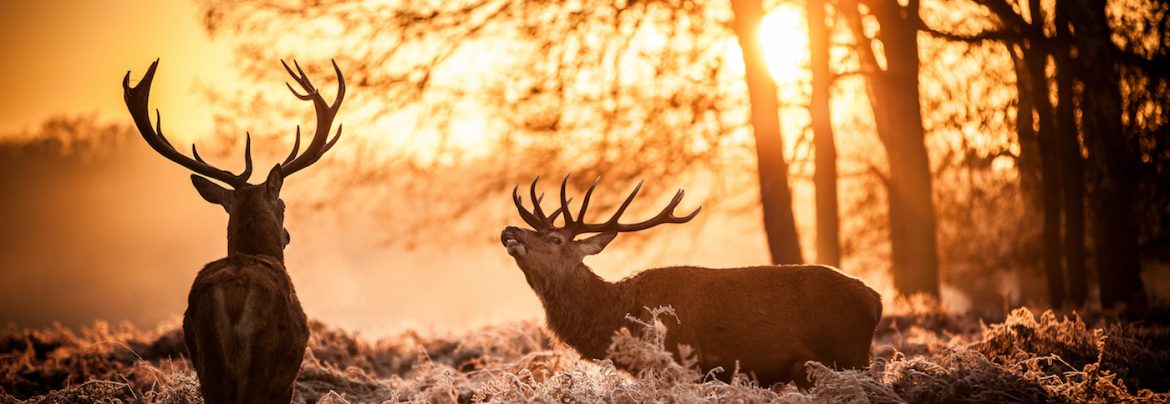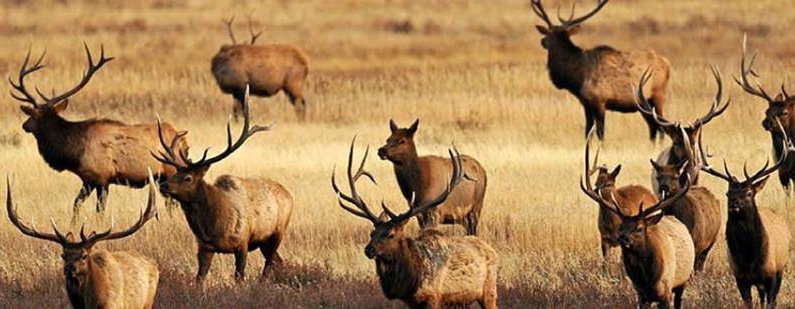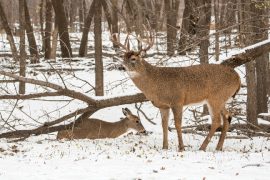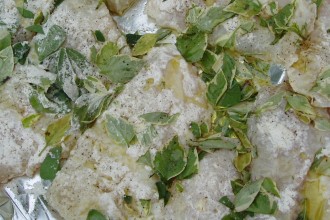Summer is here. It’s hot, muggy and downright unbearable outside. If you find yourself daydreaming about cooler temperatures and deer hunting this fall, don’t let the weather fool you, now is the perfect time to start planning for deer season. With a little sweat equity you can start making those dreams a reality by implementing these five strategies for summer hunting prep.
Watch ‘em
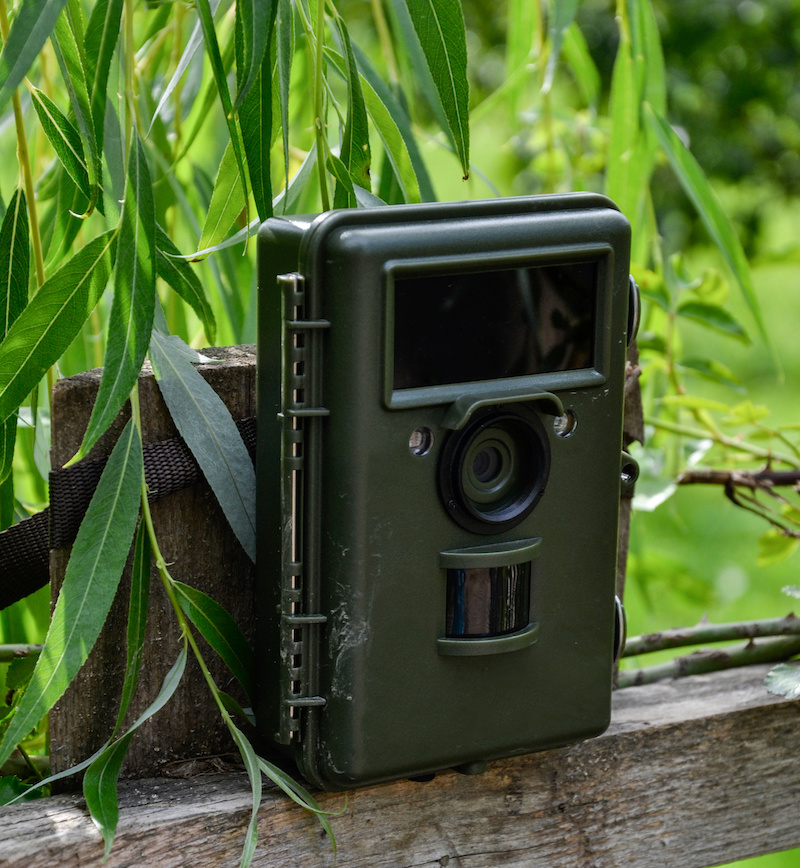
The key to success in deer hunting is finding the deer. Now is the perfect time to get out into the woods and set up some trail cameras. This will allow you to start finding the active trails and travel corridors the deer are using. Setting up cameras in the summer will help minimize your impact in the field come fall. Once you start documenting deer movement take a look at where those trails lead to and where they are coming from. Is there a particular field they are feeding in or have you come across their bedding area? Is there an area where multiple trails come together that then funnels to one of these areas? Gather as much information on where the deer are, why they are there and where they travel through. Be sure not to disturb them too much at this stage, but even if you do there is plenty of time for them to recover and get back in a pattern.
Set up
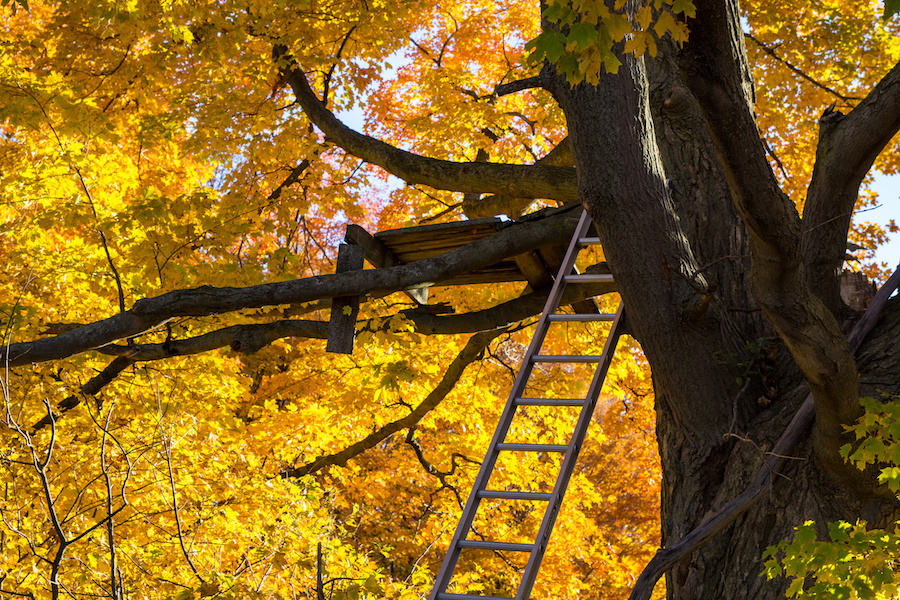
Whether you hunt from a treestand or a ground blind once you locate the deer you need to begin to scope out where you are going to hang your hat, so to speak. I like to pick several different locations that take into account the time of day, wind direction, cover and shooting opportunities. From there I determine if the site would be best served by hanging a treestand or setting up a ground blind.
If I am hanging a treestand for archery season I look for a straight tree, about 20- 25 yards from the established trail which is large enough to support the treestand. If there happens to be low hanging branches I take the time to trim them up so that I can have an unobstructed view of the trail, both sitting and standing. If I am setting up a treestand for rifle season I will pull back from the trail another 25 or so yards and even try and set myself up where I can cover multiple trails at the same time. Remember, once the leaves fall you will have much better visibility.
Ground blinds require a little less physical effort in setting up, but attention still needs to be paid as to where you will put the blind. When I set up my blind I like to take into account how I will be traveling in to the blind and where the deer should be coming from, leaving myself about 20-25 yards from the trail as with the treestand. But, unlike the treestand I am not limited to a spot where there is a straight tree. Once I pick the perfect spot I then go about brushing the blind in so that its outline is less recognizable. The last thing I do before leaving the blind until fall is unzip the doorway and a few inches of the windows just in case I have to sneak into the blind while a deer is out front.
Setting up now will allow the deer to become comfortable with the treestand or ground blind so that when fall arrives they won’t pay it a second glance.
Feed ‘em
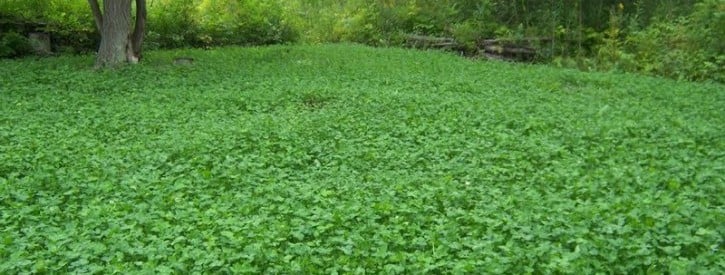
If you are lucky, by now you have found the area where the deer are feeding. Job well done, but it’s not over. By the time fall rolls around the deer will have moved on to greener pastures, or even deeper into the woods searching for mast. But if you start now you can prevent them from leaving altogether. To do this you basically have two options; create a food plot or set up a feeder. Before determining which avenue you want to travel down be sure to check your local game laws to make sure it’s legal. Different states have different laws, as well as different definitions, as to what they consider baiting.
The easiest method, by far, is to establish a feeder. In choosing a site for a feeder I like find a place where the deer will feel safe, that is located between their bedding area and their established feeding area. Once I have an idea of the general location of where to put the feeder I see if one of my established treestands is already there. If that is the case I just set up the feeder near my treestand. However, some times the perfect spot will be an area where I do not have a treestand already. If that is the case I head out to find myself the perfect tree to hang a stand and make my own “perfect spot”.
What you sacrifice by going the easy route is that setting up a feeder typically entails using corn as bait, because it is cheap and plentiful. Other than making the deer pack on weight corn doesn’t do much else for them. If you don’t mind the hard work, creating a food plot can be a much better alternative because it can provide the deer with needed vitamins and minerals. The great thing about establishing a food plot is that it lasts year after year and benefits other types of wildlife from turkey to bear, depending on what you plant.
Clear it
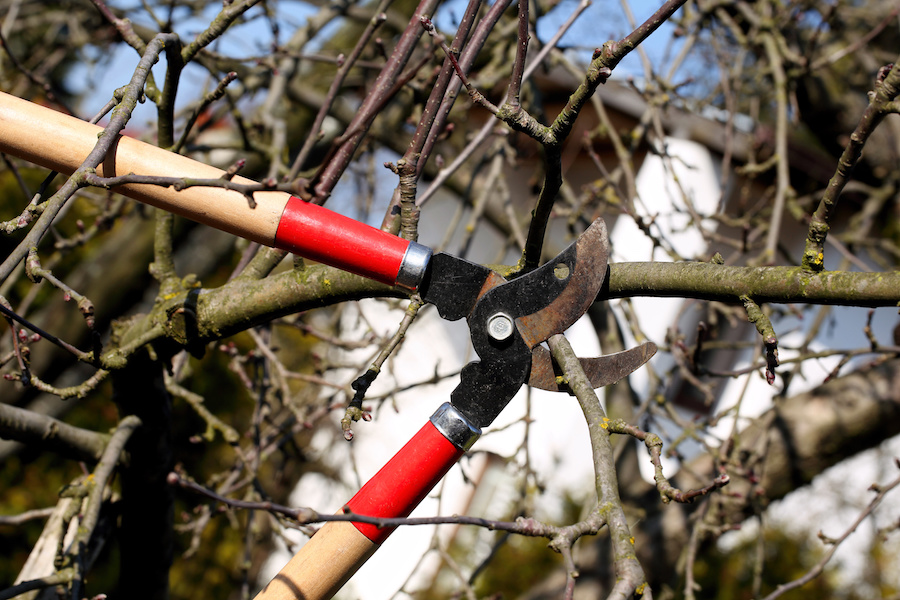
After you have all of your hunting spots set up take advantage of the green foliage and start cutting yourself some shooting lanes, making sure to give yourself ample room for both bullet and arrow to travel. You should not only clear the lanes so that you have an open shot around your feeder or food plot, but also some lanes to the established trails in the area. This can be a huge undertaking if you have multiple stands/blinds but the time is well spent. You won’t have to worry about an arrow hitting a low hanging branch or that pesky bush being in front of your feeder.
Pinch ‘em
The final piece to the puzzle that will bring everything together, and drastically increase your chances of shooting a deer, is to create your own pinch points into and out of your hunting spot. What I like to do it use all of the trimmed branches from clearing shooting lanes to block off less desirable access points. The goal is to use this material to obstruct trails and travel corridors to force the deer where you want them to go. If you are running short on materials, look around there should be plenty of fallen logs or other debris you can use to choke out an area. I also take this time to look at the makeup of the woods to determine if there are any species which I would like to thin out, such as a stand of poplar or some lone pine trees. Sacrificing the trees that don’t fit in to your overall plan for the forest can serve a second purpose in helping create your ultimate hunting spot.
Guest Blogger Shawn McCardell
About Fin & Field
Fin & Field is changing the way sportsmen find, compare, book and share their fishing and hunting adventures. We’ve consolidated the hunting and fishing industry into a powerful marketplace that connects sportsmen and operators (charter boats, fishing guides, hunting guides, lodges, marinas, outfitters, outdoor brands, and more). We’re using technology to drive more meaningful, fun, and efficient communication that’s making it easier for sportsmen to get the information they need to do what they love.
Book your next adventure at www.finandfield.com.

